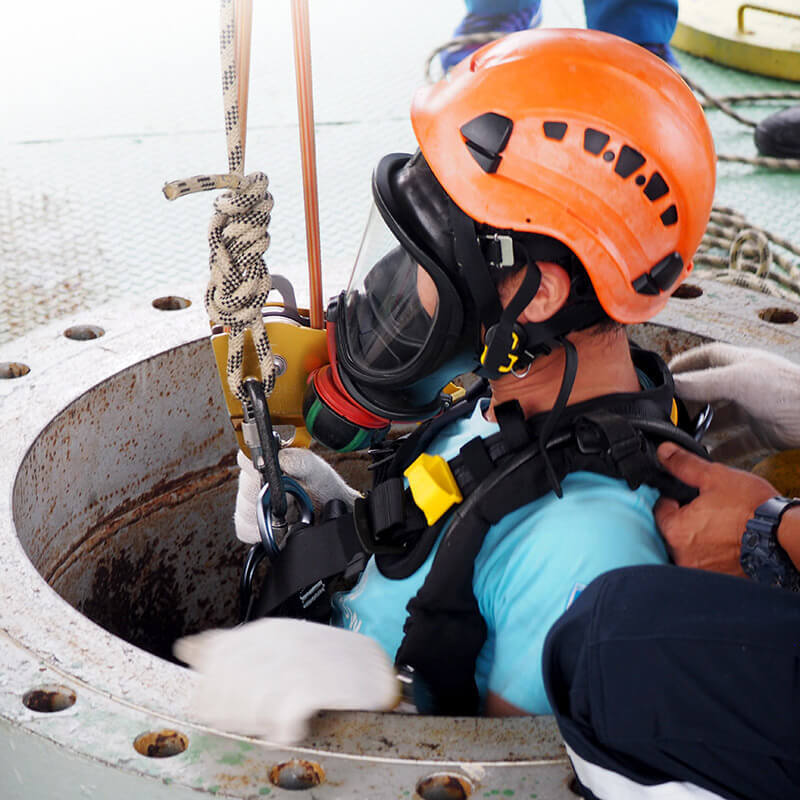Product Description
Crosby G-210 Screw Pin Chain Shackles – Straight-Side, Galvanized, USA-Made
The Crosby G-210 Straight-Side Screw Pin Chain Shackle is a reliable, high-strength rigging solution for in-line connections where space is limited. Featuring a narrow, straight-sided body and Crosby’s signature Red Pin® alloy screw pin, each shackle is forged, quenched, and tempered for strength and durability. The G-210 is hot-dip galvanized and proudly made in the USA, with the Working Load Limit (WLL) and Grade 6 permanently marked on every shackle.
This shackle is fatigue rated to 20,000 cycles at 1.5x WLL and meets or exceeds the performance requirements of ASME B30.26 and Federal Spec RR-C-271H. It is approved for use in a wide temperature range from -40°F to 400°F. Optional certifications (e.g., ABS, DNV, Lloyds) and proof testing are available upon request (additional charges may apply).
Size Range & Working Load Limits
- Available Sizes: 1/4" to 2-1/2"
- Working Load Limit (WLL): 0.5 tons to 55 tons
- Design Factor: 6:1
Key Features
- Straight-side body: Ideal for chain applications and straight-line loading
- Hot-dip galvanized finish: Provides long-lasting corrosion resistance
- Red Pin® alloy screw pin: For secure and easy-to-identify connections
- Fatigue rated and traceable: Each shackle marked with WLL and Grade 6
- Temperature range: Approved for use from -40°F to 400°F
- Made in the USA: Quality you can trust from Crosby
Note: The S-210 self-colored version is available by special order. Please contact us for lead times and pricing.
Choose the Crosby G-210 chain shackle for mission-critical rigging applications where safety, strength, and certification options matter most.
Specifications
Safety Notice
Although Bishop Lifting strives to manufacture and sell the highest quality rigging and safety gear, use of the gear is dangerous if not used correctly by competent trained professionals. Bishop Lifting disclaims any liability resulting from the misuse of its rigging and safety gear. Please take a moment to more thoroughly review our disclaimer.
Bishop Lifting rigging and safety gear is only intended to be used by competent trained professionals. Misuse of the rigging and safety gear can result in serious injury up to and including loss of life. As such, Bishop Lifting disclaims liability for any misuse or incorrect product selection by our customers.
Rigging and safety gear purchased from Bishop Lifting should be used in strict accordance with all industry and OSHA standards. At no time should rigging or safety gear be used beyond its certified load ratings (aka Working Load Limits). Normal wear and tear should be expected with use of rigging and safety gear; therefore, all gear should be thoroughly inspected before each and every use. Worn or unsafe rigging and safety gear should never be used.









